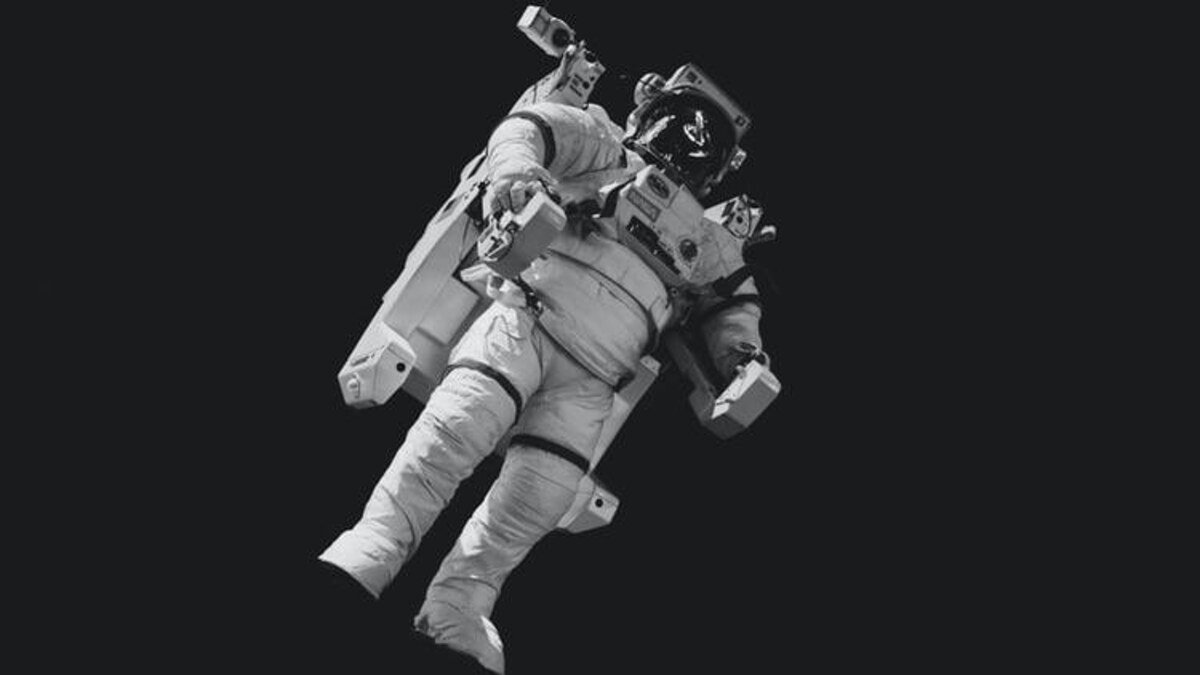April 12 is International Day for Human Space Flight around the globe. The day commemorates the first space flight and the first human in space, Yuri Gagarin, the legendary Soviet cosmonaut. This historic event provided unprecedented opportunities for human experience. Following Gagarin’s space flight, there was renewed interest in the study of space and the universe. The day also commemorates humanity’s remarkable achievements in establishing a sustainable relationship with space and applying this knowledge for the benefit of every person on Earth. International Day for Human Space Flight is a day to celebrate scientific temperament.
The background of International Day for Human Space Flight
On April 12, 1961, the world as we once knew it was irrevocably altered. This date marked the launch of Yuri Gagarin on the first human space flight. What an extraordinary day for human ingenuity and tenacity! This event paved the path for future space exploration that would benefit all of humanity. After Gagarin’s flight, the United Nations General Assembly realised that all of humanity had an interest in advancing and expanding the study and utilisation of outer space.
On October 4, 1957, the first human-made satellite — Sputnik I — was launched into space, years before humans would reach space. One can concur that this event paved the way for space exploration and perhaps even planted the seeds for future human visits. Gagarin became the first human to orbit the Earth on April 12, 1961; this was an extraordinary accomplishment that occurred only a few years after humans began studying space using modern technology.
Years later, after Gagarin’s space flight, the United Nations General Assembly referred to the voyage as a “amazing history of human presence in outer space and the remarkable achievements since the first human spaceflight.” The Soviet Union launched Valentina Tereshkova into space just two years later, making her the first woman to orbit Earth. Neil Armstrong became the first human to arrive on the moon’s surface in July 1969, only seven years later. In July 1975, the United States and the Soviet Union launched the first international human space mission by aligning the Apollo and Soyuz spacecraft. In only 15 years, humanity has made unprecedented strides in space exploration.
Deskfast Day 2023: Date, History, Facts, Activities
Halifax Day 2023: Date, History, Facts, Activities
Hamster Day 2023: Date, History, Facts, Activities
INTERNATIONAL DAY FOR HUMAN SPACE FLIGHT ACTIVITIES
Visit a planetarium
On International Day for Human Space Flight, if you have children at home, transport them to a space museum or planetarium. This will encourage their interest in science and technology and instill in them the belief that nothing is impossible.
Explore outer space
Numerous astronauts who have travelled to space have written about their experiences. These books are intriguing and can be extremely thrilling to read. On International Day for Human Space Flight, read your favourite space-related book.
Go skywatching
We cannot all travel to space, but we can all observe the sky. Observe the night sky while celebrating International Day for Human Space Flight by gazing at the constellations. Attempt to recognise constellations, stars, and planets.
5 Space Facts That Will Blow Your Mind
Mercury is the warmest planet, with temperatures reaching up to 842 degrees Fahrenheit.
The cost of a NASA spacesuit is $12,000,000.
A day on Venus is lengthier than a year on Earth, taking 243 days to complete one rotation.
This is due to the fact that there is no water, wind, or weather to perturb it.
Because water is more dense than Saturn.
INTERNATIONAL DAY FOR HUMAN SPACE FLIGHT DATES
| Year | Date | Day |
|---|---|---|
| 2023 | April 12 | Wednesday |
| 2024 | April 12 | Friday |
| 2025 | April 12 | Saturday |
| 2026 | April 12 | Sunday |
| 2027 | April 12 | Monday |




